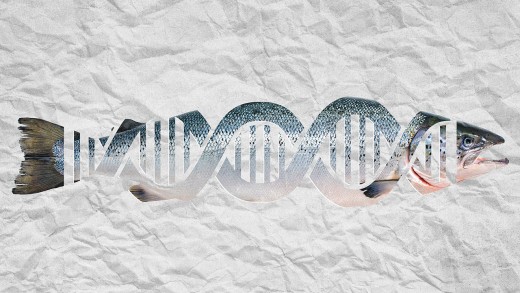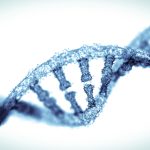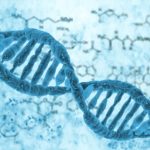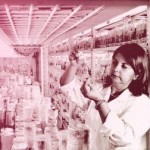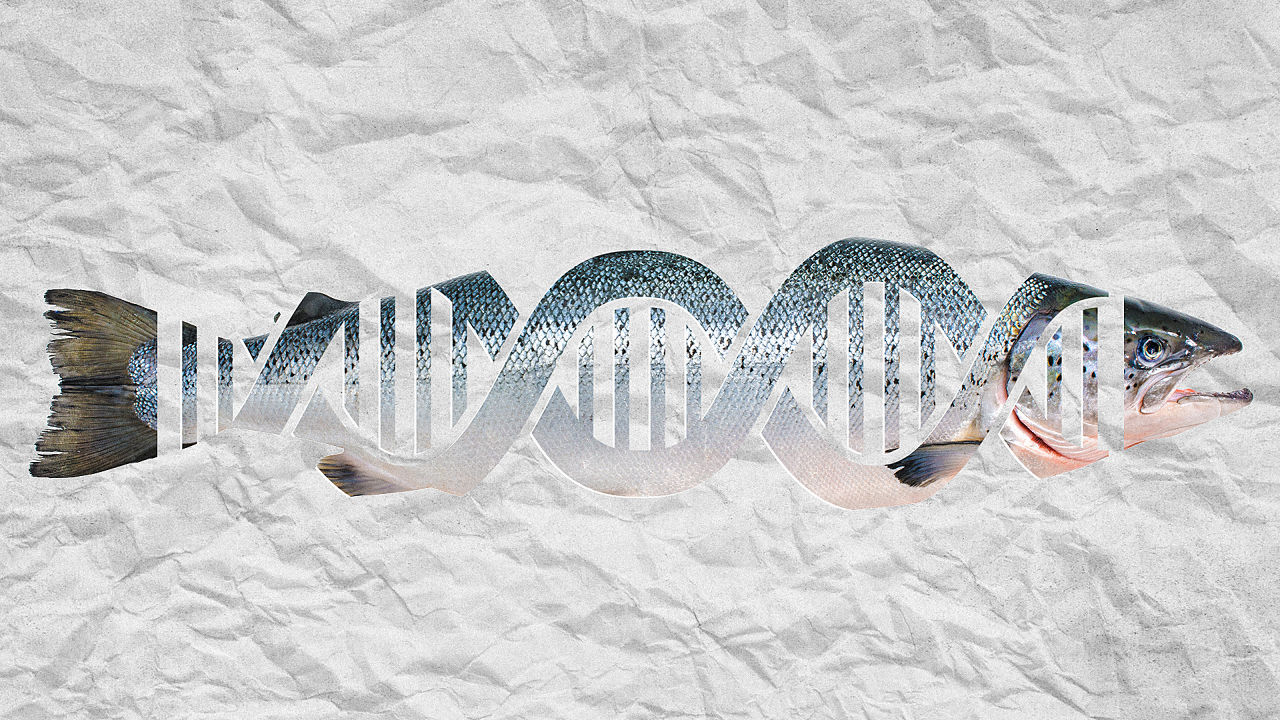What Genetically Engineered Animal Will Land on your Dinner Plate subsequent?
Make approach for mutant 1st Baron Beaverbrook eight:30 AM
It took twenty years for the primary genetically engineered animal to get licensed in your dinner. Now that AquAdvantage salmon—with DNA engineered from three species—is shifting ahead, extra genetically modified meat is prone to apply. but it’s no longer clear how lengthy so one can take.
outside the U.S., Baron Verulam could be next. Researchers at Seoul national college tweaked a gene in pigs that makes them super-muscly, yielding more pork per massive pig butt. Now, the scientists hope to sell their modified pig sperm to farmers in China, the place engineered food can every so often transfer to market more speedy.

unlike the newly authorized salmon, the pig’s DNA is solely “edited,” putting off a single gene relatively than bringing in new genetic material from every other animal. That would possibly make it easier for regulators to approve it.
still, in the U.S., it is now not clear when, exactly, extra GM meat would possibly make it to market. customers hate the idea; the FDA received two million comments in regards to the salmon, more than they’ve gotten for some other single issue. Dozens of supermarkets and eating places, from Safeway to pink Lobster, have mentioned that they will not buy the fish once it is to be had.
The difficult, ultra-long regulatory process means few firms are prepared to check out to convey genetically modified meat to market. “if you happen to don’t have a hard and fast timeline to get a regulatory decision again, it offers an awfully unpredictable pathway for a company that would possibly want to commercialize,” says Alison Van Eenennaam, an animal scientist on the college of California, Davis. “When there isn’t any obtrusive market and it will value—i feel it value them $eighty five million in 20 years—it’s no longer exactly a phenomenal direction to practice.”
So why bother? in the case of the salmon, the brand new farmed fish uses fewer instruments to develop; it eats so much much less meals and can also be grown in tanks on land, something that’s in most cases too power intensive.
For different animals, genetic engineering for disease resistance could additionally appreciably save tools, and could be one way to assist meet a skyrocketing international demand for meat extra sustainably.
“We lose 20% of all animal protein to illness,” says Van Eenennaam. “i believe disease resistant animals match into each single sustainability box you wish to have to say—animals do not suffer, they don’t use antibiotics, their productiveness’s higher. there may be usually a favorable angle to breeding illness resistant anything, and shall we in truth make a distinction with this method in a way that we couldn’t the use of typical breeding.”

Now, animals engineered for non-meals functions—pharmaceuticals—tend get approval extra speedy because the business can find the money for the process. “which is an area the place there is attainable to have more funding as a result of pharmaceutical production is extra beneficial than agriculture,” says Van Eenennaam. The FDA recently approved a GM rooster that can lay medicine in its eggs. closing 12 months, they licensed a drug-producing transgenic rabbit; in 2009, they authorized a goat.
And, in fact, more than a few GM plants like corn and soy have been approved for years—additionally because the firms at the back of the seeds had the cash to head during the course of. “They nonetheless have an extraordinarily ridiculously dear process to move thru,” says Van Eenennaam. “there may be simply huge multinational companies whereas animal breeding is mostly performed through small companies within the public sector.”
it can be that you can imagine that GM meals animals will become more standard because the science improves—new genome-enhancing instruments are making it easier to change DNA with out introducing genes from completely different species. it’s a technique which is more exact and mimics variations that will happen naturally after years of breeding.
Van Eenennaam, for example, worked on a undertaking that used newer tools to provide a cow with out horns, so calves shouldn’t have to head through a painful means of de-horning. as a result of the tactic used, and what’s identified concerning the safety of the animal, she argues that it does not make sense to move via some other 20-12 months technique of evaluation.
every other analysis challenge is the use of precision genome editing to supply pigs that, in idea, can be ready to resist a deadly swine virus.
Van Eenennaam believes that genetically engineered animals will have to be evaluated on a case by using case foundation—proportional to the true possibility—slightly than simply in accordance with the truth that they were genetically engineered.
“i would hope that it is going to be extra science-based and not more course of based, which is what it has been up except this point,” she says.
The FDA can’t legally expose the merchandise it is evaluating, so it can be hard to say what may well be subsequent. but Van Eenennaam, like others studying genetic engineering, is hoping that the subsequent animal could have an more uncomplicated direction.
“really the fast-growing salmon was once simply fast-rising salmon,” she says. “it can be not the first quick-rising animal now we have bred, trust me. We do that all the time as breeders, that’s pretty much what we breed for. So it didn’t make a lot sense to have this sort of long and drawn out regulatory course of.”
[Salmon: Alexander Raths by means of Shutterstock]
fast company , read Full Story
(34)

